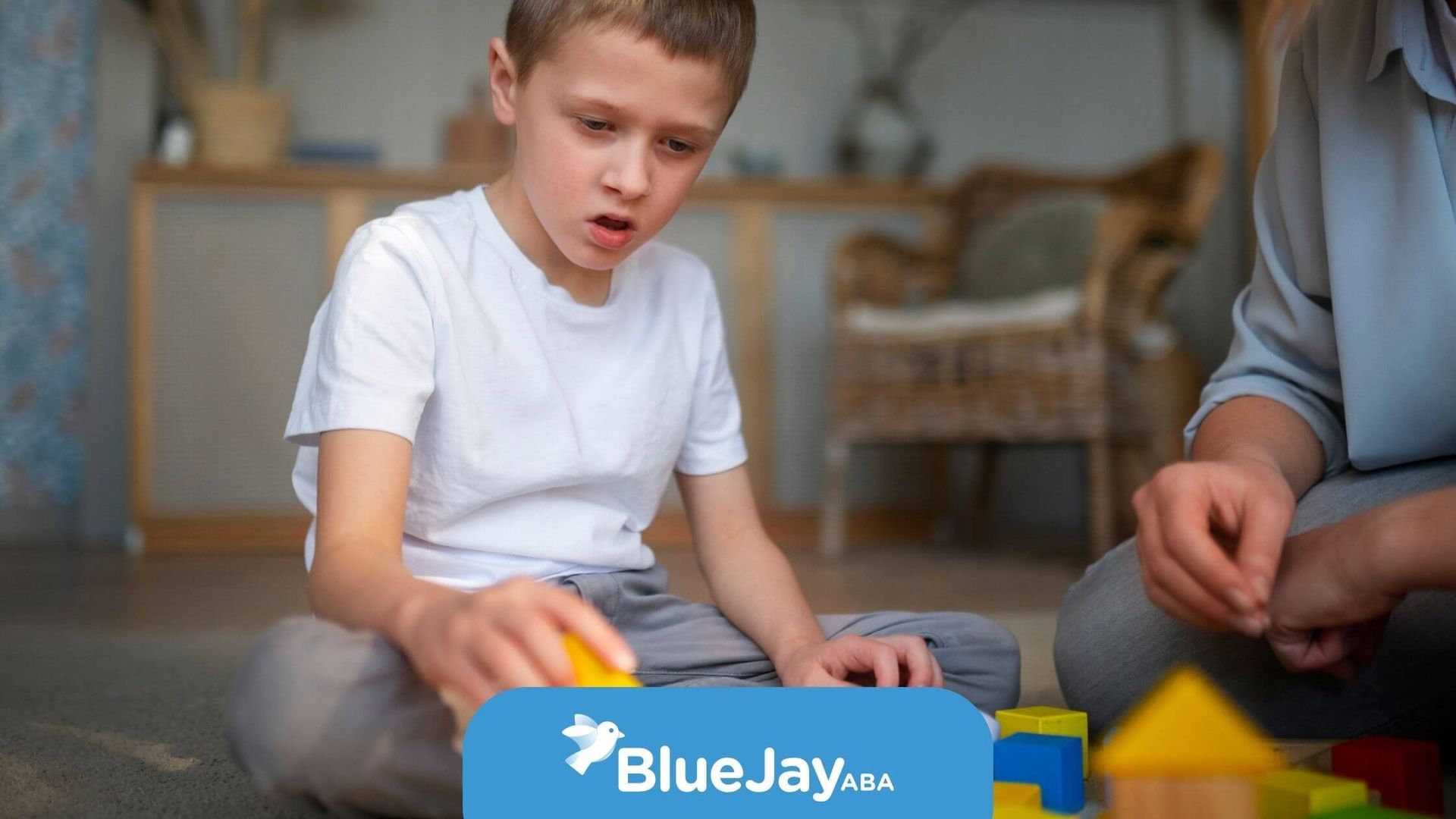Who Pays for ABA Therapy? Understanding Coverage and Options
ABA therapy is one of the most effective supports for children with autism, but many families wonder: Who pays for ABA therapy?
In many cases, health insurance providers cover part or all of the costs. Thanks to state and federal mandates, most insurance plans are required to cover autism-related services, including ABA therapy. However, coverage can vary depending on the plan, state laws, and whether the provider is in-network.
Some families may qualify for Medicaid, which often covers ABA therapy for children diagnosed with autism. In addition, certain states offer autism funding programs or grants to help reduce out-of-pocket expenses.
If insurance is not available or does not cover the full cost, parents may pay out of pocket. Some ABA providers, like Blue Jay ABA, offer payment plans, reduced-hour models, or financial guidance to make therapy more accessible.
Ultimately, the cost of ABA therapy is usually shared between insurance providers, government programs, and families, depending on eligibility and coverage.
Frequently Asked Questions
Does insurance usually pay for ABA therapy?
Yes, many private insurance and Medicaid plans cover ABA therapy, though coverage details vary.
What if I don’t have insurance?
Some families pay out of pocket, and providers may offer payment options.
Are there other funding resources for ABA therapy?
Yes—state programs, grants, and scholarships may help cover costs.
Related Posts






